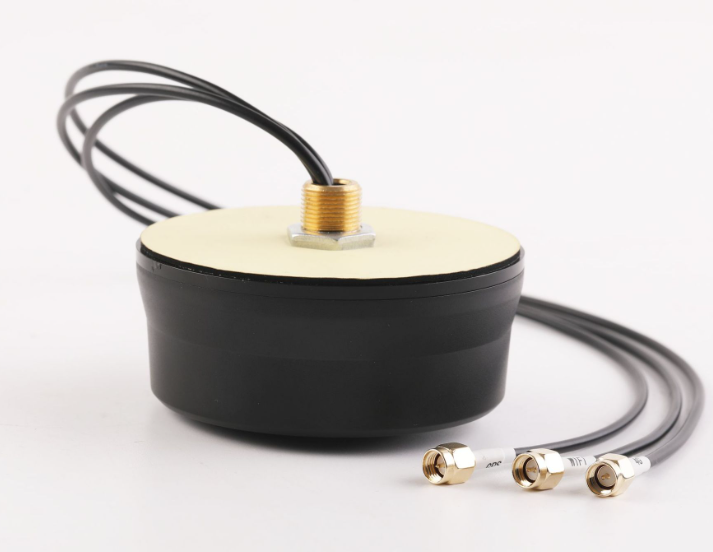Gps Antenna erection
With the popularity of Global Positioning system (GPS) technology, GPS antennas are more and more widely used in various fields. The erection of GPS antennas is very important for the quality and stability of receiving GPS signals. This paper will introduce the basic principles, steps and best practices of GPS antenna erection to help readers better understand and apply GPS antenna technology.

Basic principle of GPS Antenna erection
The basic principle of GPS antenna erection is to choose a suitable location and install the GPS antenna in a position where a good GPS signal can be received. The reception quality of GPS signal is affected by many factors, including antenna type, surrounding environment, installation height and angle, and so on. Reasonable antenna selection and installation position is the key to ensure the stable reception of GPS signal.
Steps of GPS Antenna erection
1. Choose a suitable location: choose an open, unobstructed location as the installation location of the GPS antenna to avoid installing the antenna near buildings, trees or other obstacles to ensure that a good GPS signal is received.
2. Determine the installation height: according to the actual demand and environmental conditions, determine the appropriate installation height, the higher the installation of the antenna, the better the quality of the received GPS signal, and take into account the actual situation, such as the stability and security of the antenna.
3. Install the antenna bracket: according to the selected location and installation height, install the antenna bracket, which should be stable and reliable and can withstand the influence of the antenna and the natural environment.
4. Install the GPS antenna: install the GPS antenna on the bracket to ensure that the direction of the antenna is correct. The GPS antenna does not need a specific direction adjustment, but in some special cases, it may be necessary to adjust the angle of the antenna to optimize the reception effect.
5. Connect the power supply and data cable: connect the power and data cable of the GPS antenna to the appropriate equipment or receiver to ensure that the connection is correct.
6. Test and adjustment: after the antenna is erected, the signal is tested and adjusted to ensure the quality and stability of GPS signal reception.
Best practic
1. Choose high-quality antennas: when purchasing GPS antennas, choose products with reliable quality and stable performance. High-quality antennas can improve the sensitivity and accuracy of received signals.
2. Consider the environmental factors: when erecting the GPS antenna, fully consider the influence of the surrounding environment on the signal reception, and try to avoid installing the antenna in the place where the electromagnetic interference is serious or the signal is blocked.
3, reasonable selection of installation location: according to the topography and surrounding environment, choose the appropriate installation location, highland, open land and unsheltered place is the ideal installation site.
4. Keep the antenna clean: clean the GPS antenna surface regularly to remove the accumulated dust and dirt, which helps to improve the receiving performance of the antenna.
5. Regular inspection and maintenance: regular inspection and maintenance of the GPS antenna to ensure its normal work, if abnormal conditions are found, timely treatment and maintenance.
GPS antenna erection is the key link to ensure the quality and stability of GPS signal reception. This paper introduces the basic principles, steps and best practices of GPS antenna erection, hoping to help readers better understand and apply GPS antenna technology. In practical application, appropriate locations, antenna types and installation methods should be selected according to specific conditions in order to obtain the best signal reception effect.





